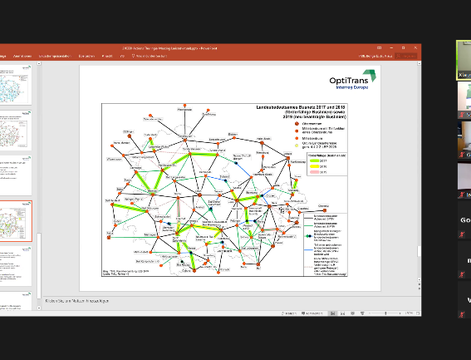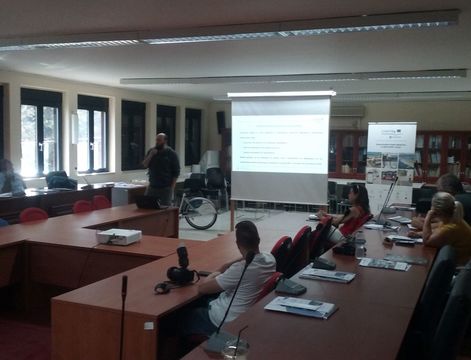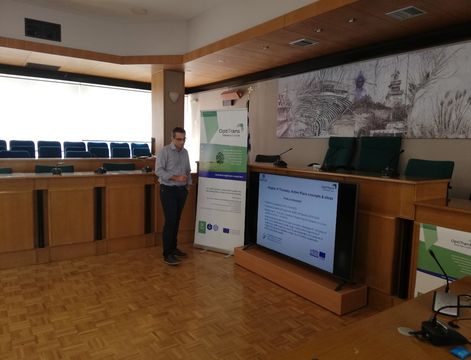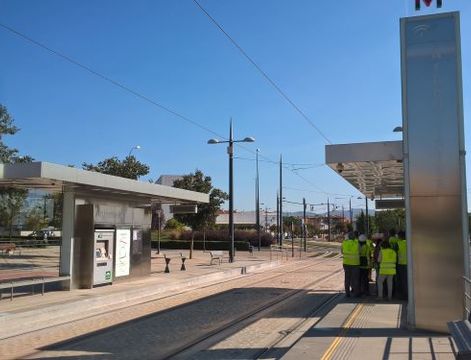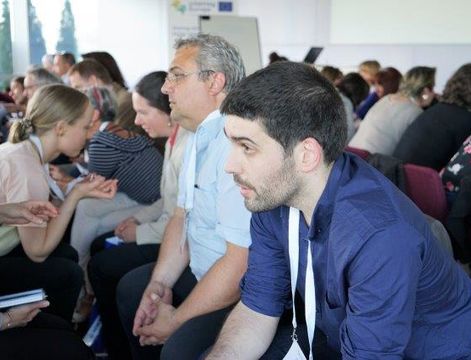The Metropolitano de Granada, the transport system managed by the “Junta de Andalucía” (regional government of Andalusia), has transported almost 9.5 million users in its first year of commercial service. Specifically, a total of 9,432,584 travelers between September 21, 2017 and September 20 of this year.
Apart from this figure and the achievement or not of the initial forecasts, the balance is clearly positive. As a reference, the Seville metro registered in its first year a figure of 11.5 million passengers, when the estimated initial demand established exceeding 14 million. Nowadays, with more than 16 million users mobilized in 2017 and a growth in 2018 of 5%, it is one of the national reference meters.
This first anniversary is a success of this infrastructure that is allowing to revolutionize mobility within the metropolitan environment, with high levels of satisfaction (only 8,000 complaints) on the part of users in 4 different municipalities (Granada, Albolote, Maracena and Armilla).
On working days the media of travelers rised from October 2017 (25,345 travelers / day) to May 2018 (34,956 trips/day), so the daily average in working days has increased by 38%. Just during the summer period, the average of the demand in this parameter decreases in a similar way to what the rest of public transport services do any other year in Andalusia. As well, 77% of the validations of travel titles in the metropolitan railway have been made in working days and 23% in weekends and holidays.
The metro service has been provided with a shortage of incidents and with a punctuality rate of over 95%, consolidating an interval of trains passing by stops every 9 minutes in the main time slots, which approximates the objective foreseen in the offer of 1 train every 8 minutes per station or stop.
These numbers allow us to foresee that the 11 million users estimated for the first Natural exercise (2018) can be achieved next year 2019.
Tickets are usually bought through contactless cards at a rate of 88.5% of the total validations, compared to 11% of the use of occasional titles.
It is interesting to know the data on the use of public transport in the metropolitan area of Granada. According to an analysis carried out by the Metropolitan Transport Consortium, the appearance of the Granada metro has meant an increase of 9.6% in the use of public transport in this last year. Taking into account the origin of the users of the Granada metro, it should be noted that 30% comes from the private vehicle. This means that one of every three users of the subway have left the private car parked in their house and have chosen to travel by subway, with the consequent environmental benefits and improvement of road safety, as well as a lower level of traffic jam in the network road of the metropolitan area.
The subway of Granada transmits an image of modernity. It is a mode of transport that is fast, comfortable, reliable, cheap and respectful of the environment. These characteristics have convinced a large part of the population, generating changes in the way of moving and producing a significant modal transfer. The Metropolitan evokes the modernization and the leap of quality that has been claimed so many times by the people of Granada and, in addition, respecting the cultural heritage.
COMPLEMENTARY MEASURES
This modal shift in the transport system of Granada has been mainly motivated by the Metropolitan, but also by the complementary measures carried out since its commissioning and that have contributed to the same trying to fit a piece as important as the metro in the complex Grenadine mobility board. These are the reordering of the interurban and urban bus lines of Granada, the fare integration of the main modes of collective public transport, the application of discounted fares for the combination of different P.Transport modes or the a free parking and other actions to promote intermodality.
INCREASE THE USE OF PUBLIC TRANSPORTATION
What has been this transfer? What modes of transport have been affected? Can it be quantified? How does it evolve? These are questions that begin to be answered once there are enough time series of data that indicate clear trends of what happened.
In the group consisting of buses, both the urban buses of Granada and the interurban buses of the Granada area, and the Metropolitan, in the last 12 months there has been a total increase of 4.5 million accesses compared to those previously produced when the Bus was the only collective public transport mode in Granada. This figure represents 10% growth. No urban agglomeration of the Spanish territory is currently undergoing such a positive evolution.
On the other hand, the registers of the average daily intensity (ADT) of the vehicles that pass through the main road surrounding Granada describe a significant decrease in the use of the private vehicle (around 9.000 less vehicles a day).


